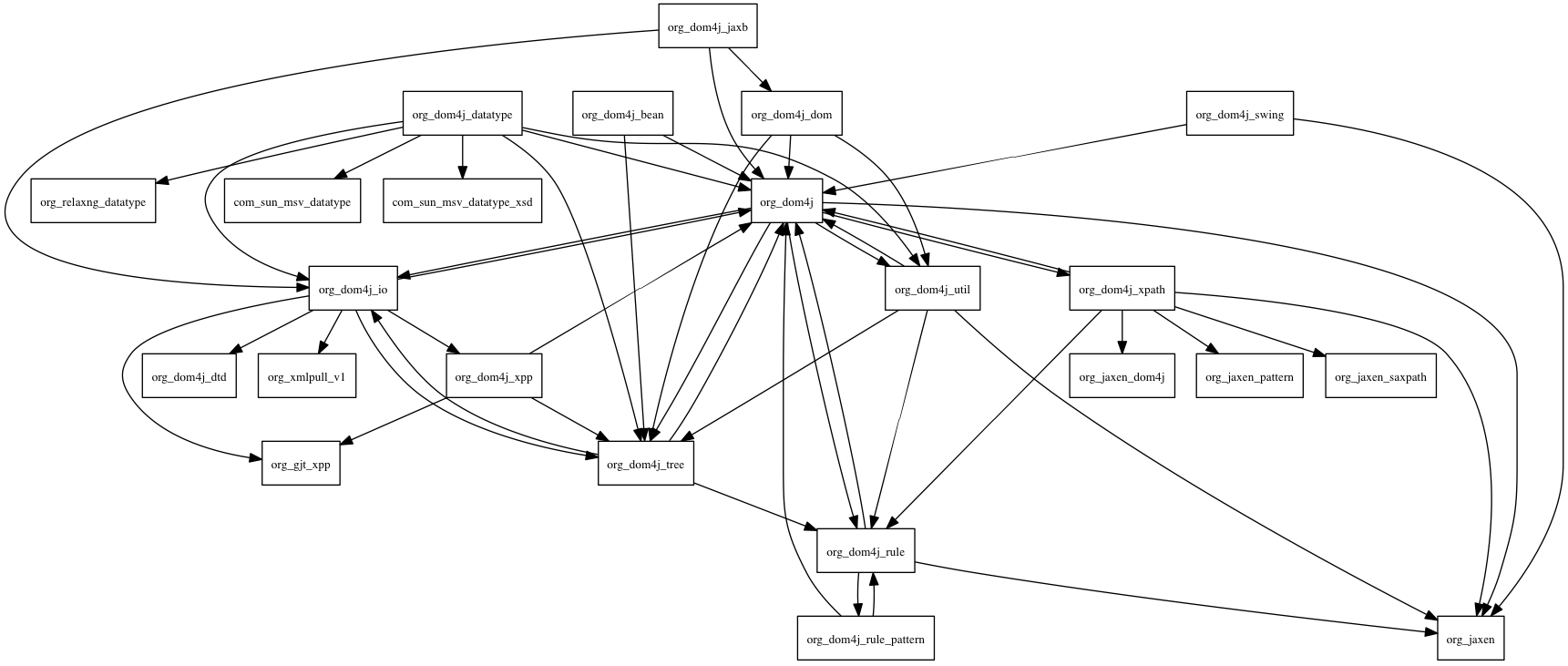
java/bin/java -jar tattletale.jar /usr/sap/CTB/JC00/j2ee/cluster/server0/apps/sap.com/. If this is the case, tattletale will exit with an OOME: There can be many, many JAR files inside a directory like apps/sap.com. java/bin/java -Xmx512m -jar tattletale.jar .war. Tattletale can also be run against a single WAR or EAR file: The JAR files another JAR file depends on Still, in my case, the report generation took 30 minutes for the sap.com folder. It takes a time for tattletale to create the reports, but this is a one time task (per SP, EHP or even release). To get a list of SAP jars you only have to run tattletale against these directories to get the reports. /usr/sap//JC/j2ee/cluster/apps/sap.com/./usr/sap//JC/j2ee/cluster/server/apps/sap.com/.Two directory that contain valuable JAR packages from SAP are: It reports the dependencies your application has as well as finding a duplicate (outdated) CLASS inside a JAR file. The most obvious use case where the reports tattletale provides helps you is finding “that CLASS” that is somehow missing (ex: JCA use cases). With a list of what each JAR file requires and provides.Spot if the same JAR file is located in multiple locations.Spot if a class/package is located in multiple JAR files.“Identify dependencies between JAR files.One tool that helps you in getting reports out of the content of JAR files is tattletale.A look at the feature list shows that several of it are appealing: Alternatively, you even get charged in providing reports detailing the class references your project is using, or even tasked with creating reports that show the Java classes used in a NetWeaver installation. Nevertheless, from time to time you may want to know more about the Java classes packaged in JAR files used by your applications. The Eclipse SDK is already handling this.

When you develop a SAP Java application (Portal, PI, WDJ, Neo) you do not have to take too much care into the Java classes used by your project.


 0 kommentar(er)
0 kommentar(er)
